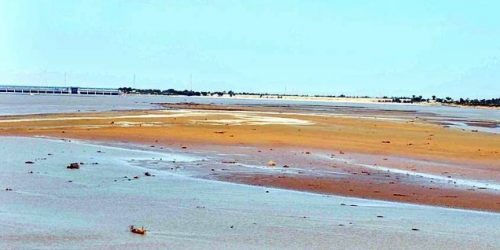India is reportedly moving forward with a massive plan to construct 10 new mega hydropower projects in Ladakh, strategically placed to control the headwaters of the Indus River. Projects like Achinathang-Sanjak, Pharphila, Sumda (Batalik), and Khaltsi may be marketed as progress—but in reality, they pose a serious risk to the region’s water security.
𝗧𝗵𝗶𝘀 𝗜𝗻𝗱𝗶𝗮𝗻 𝗮𝗰𝘁 𝗼𝗳 𝘄𝗮𝘁𝗲𝗿 𝗮𝗴𝗴𝗿𝗲𝘀𝘀𝗶𝗼𝗻 𝘄𝗶𝗹𝗹 𝗱𝗲𝗲𝗽𝗹𝘆 𝗮𝗳𝗳𝗲𝗰𝘁 𝗦𝗶𝗻𝗱𝗵 𝗽𝗿𝗼𝘃𝗶𝗻𝗰𝗲 𝗮𝗻𝗱 𝗶𝘁𝘀 𝗽𝗲𝗼𝗽𝗹𝗲.
Home to millions, Sindh relies heavily on the Indus for agriculture, drinking water, and livelihoods. Blocking or altering river flow upstream could trigger massive water scarcity, food insecurity, and displacement.
⚠️ The Indus Waters Treaty is not just paper—it’s a lifeline.
By exceeding the allowable limits under the Treaty and pushing for increased water storage in violation of agreed norms, this move risks destabilising decades of fragile peace and environmental cooperation.
💡 Water is not a weapon—it’s a shared heritage.
This is no longer a matter of bilateral diplomacy; it’s a challenge to international norms and a wake-up call to the United Nations, global climate leaders, and environmental justice advocates.
🔍 What can be done?
Global institutions must act urgently. There needs to be independent scientific scrutiny of these projects, transparency in hydrological data sharing, and the revival of meaningful cross-border water dialogue.
🌍 We must act before water becomes the next trigger for conflict.
Energy security must not come at the cost of ecological collapse and human suffering downstream.
Let us remember: Rivers don’t carry passports—but they do carry hope, history, and life.







